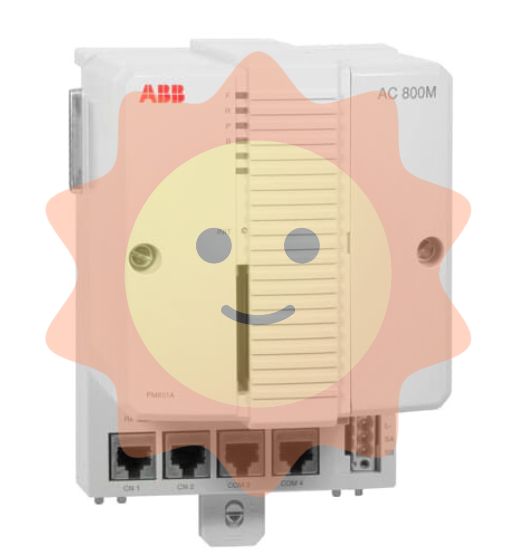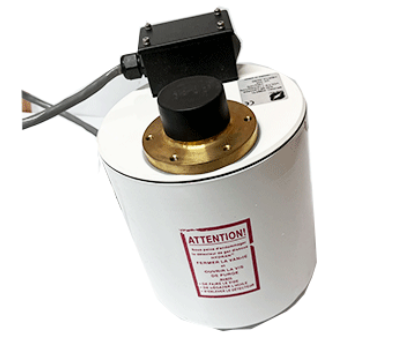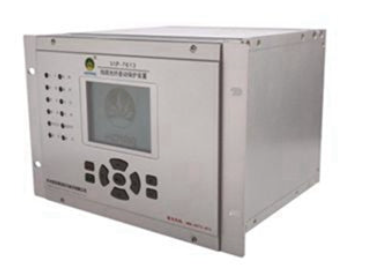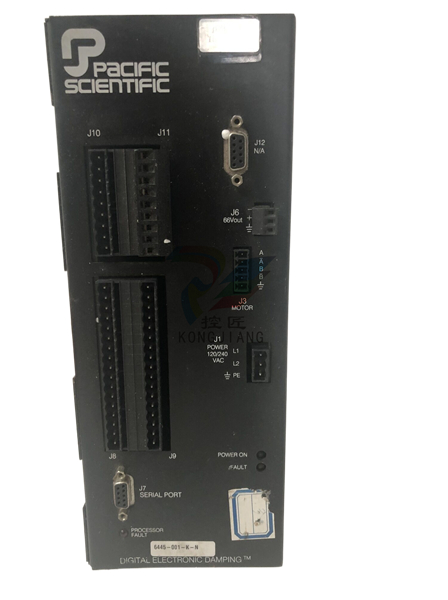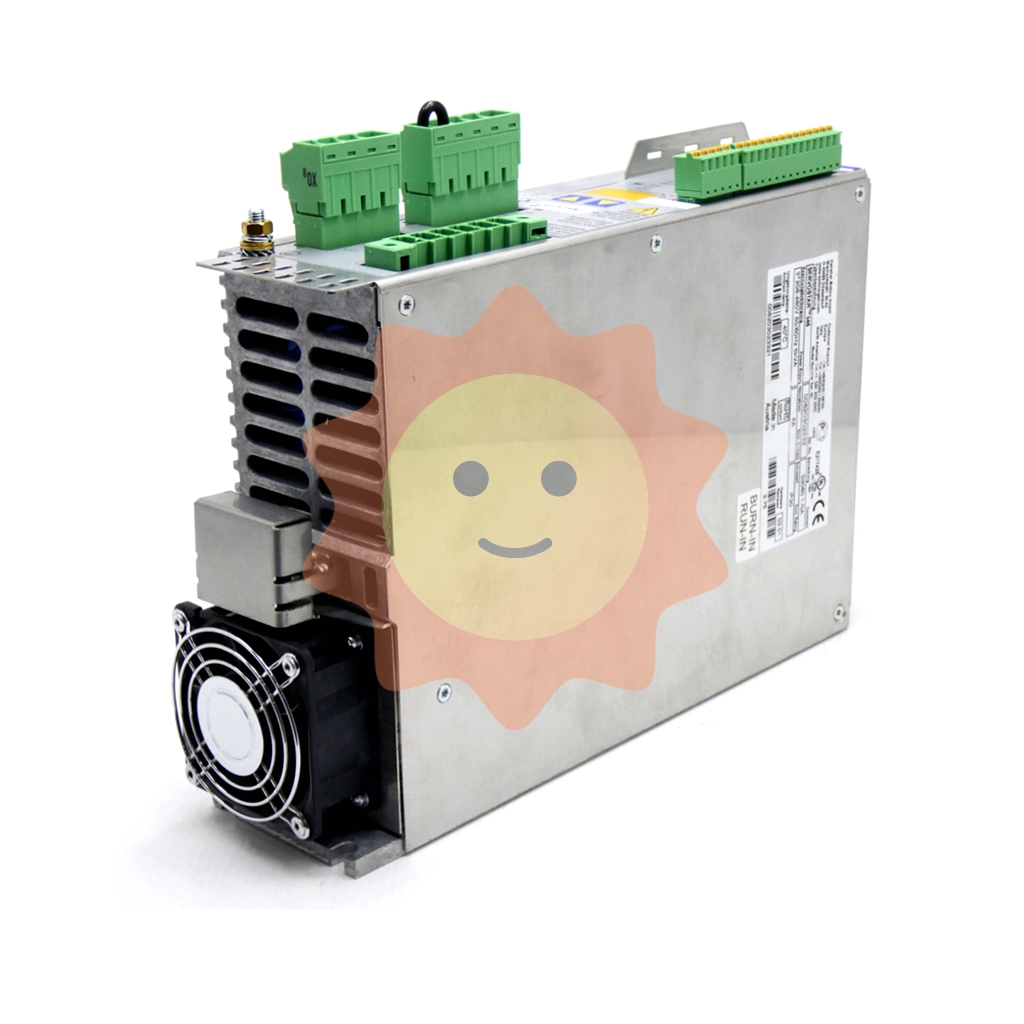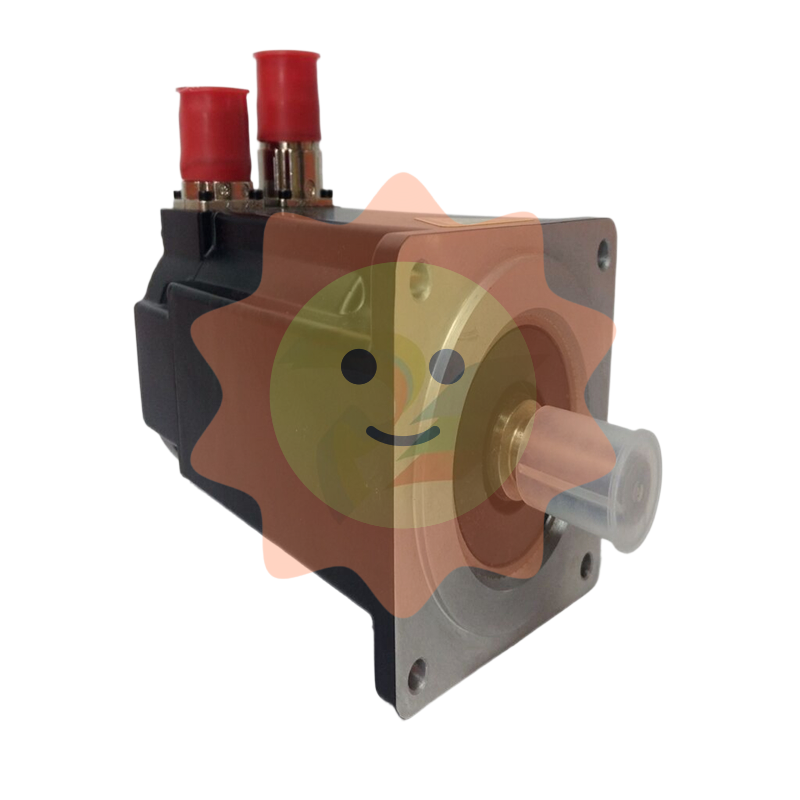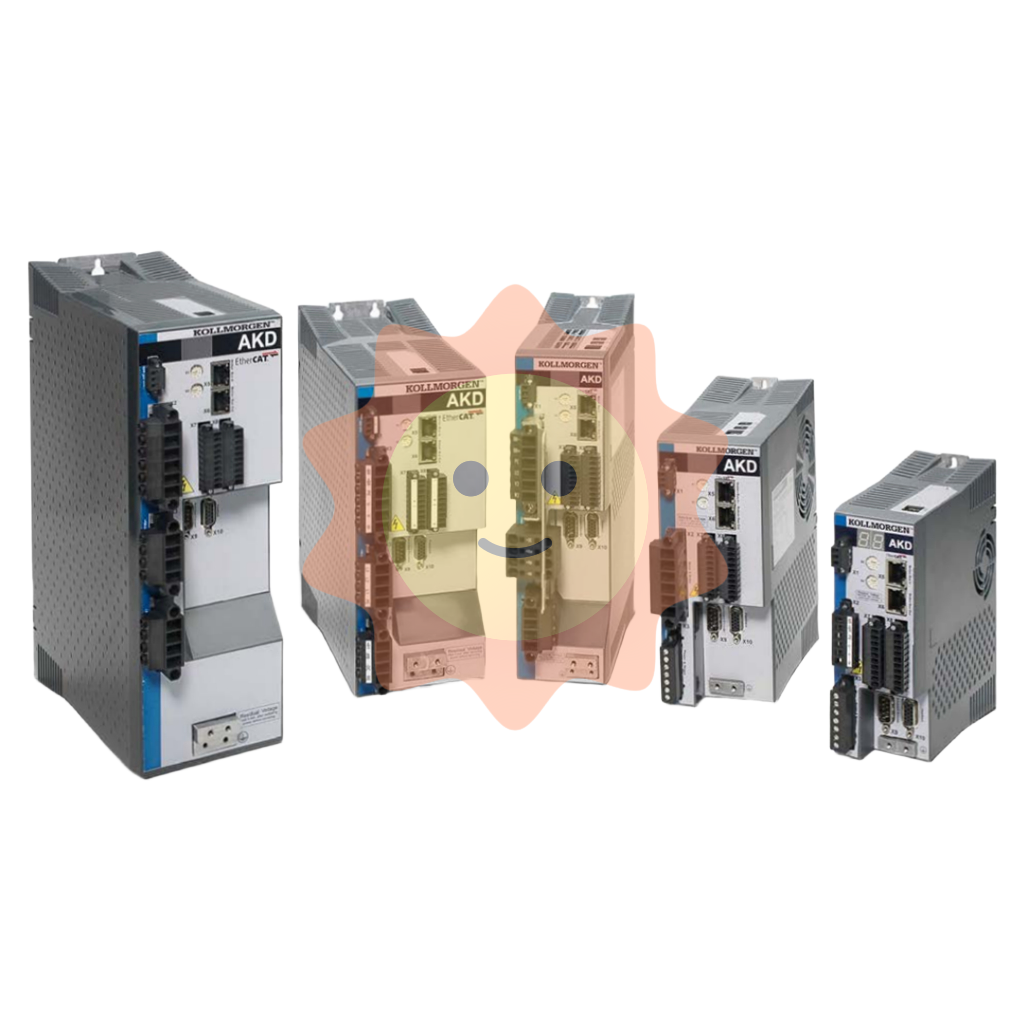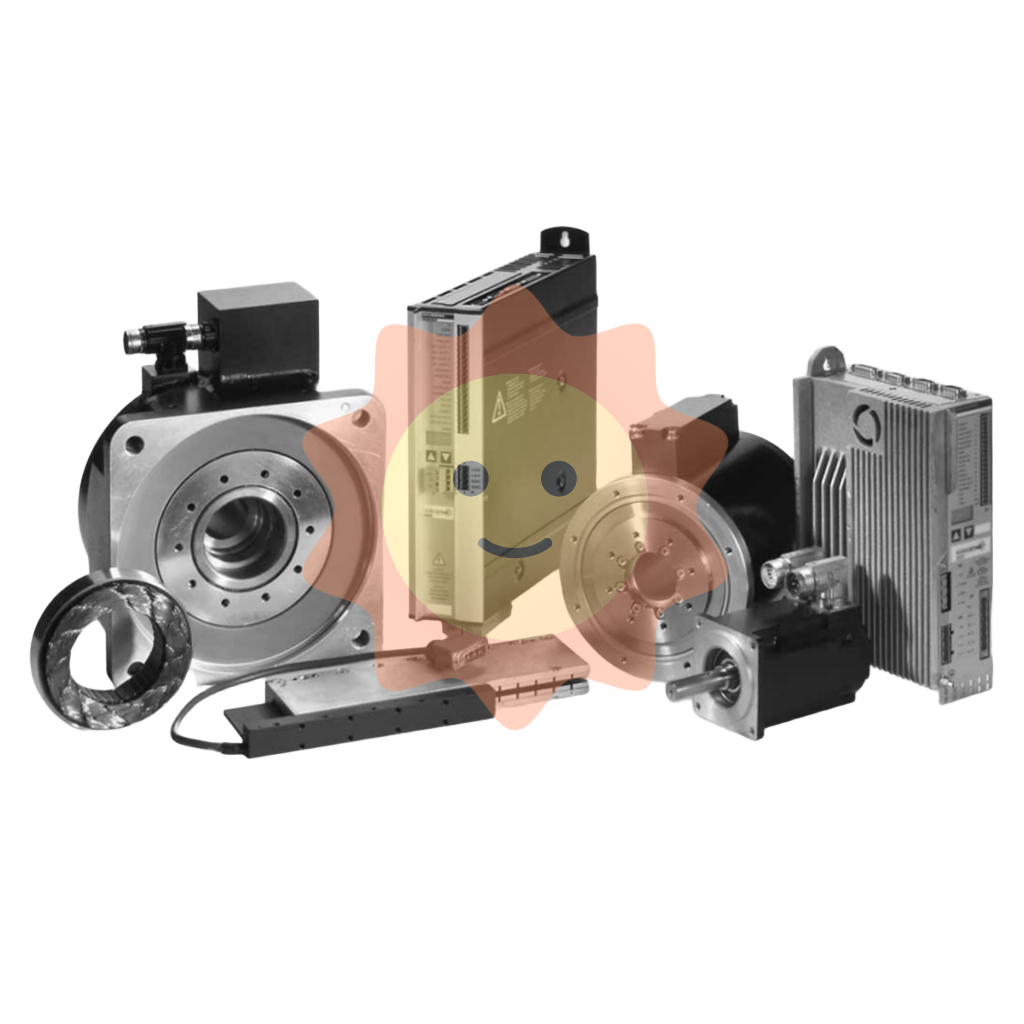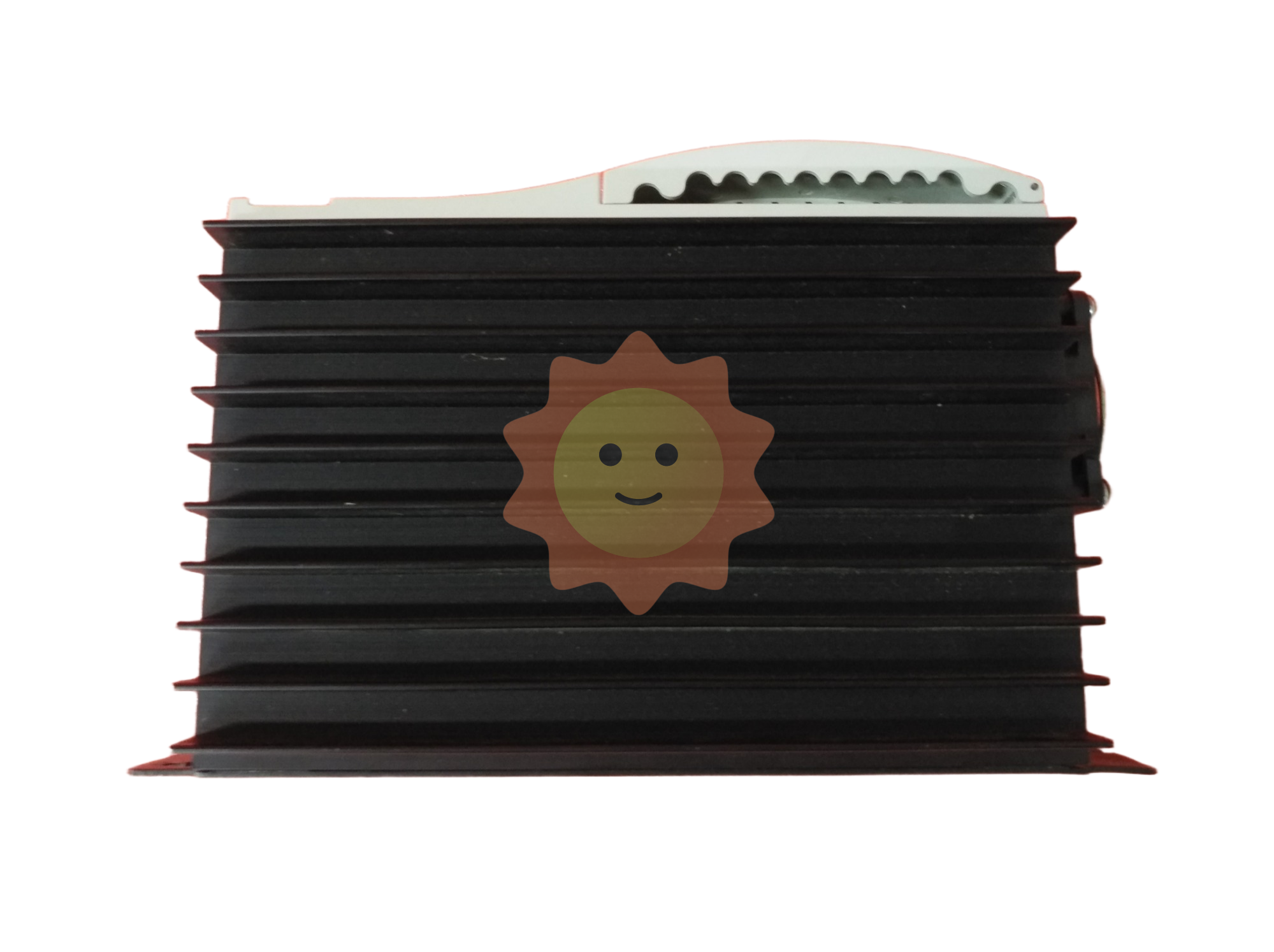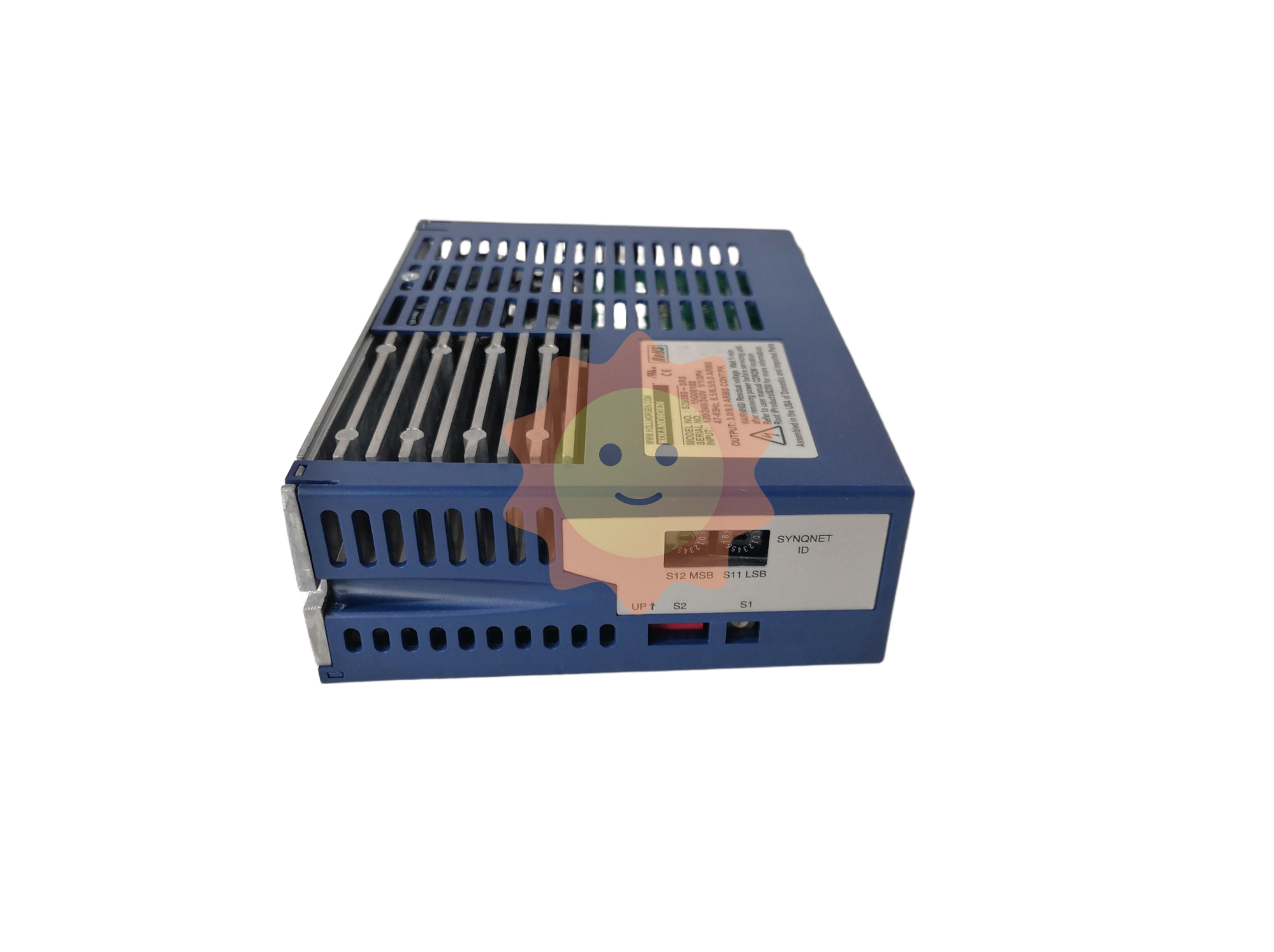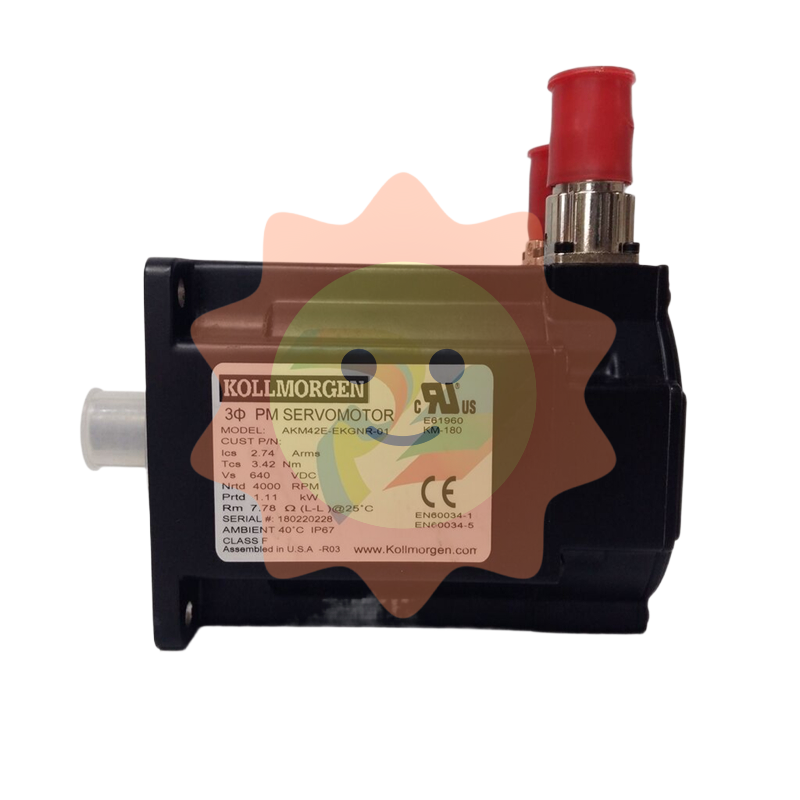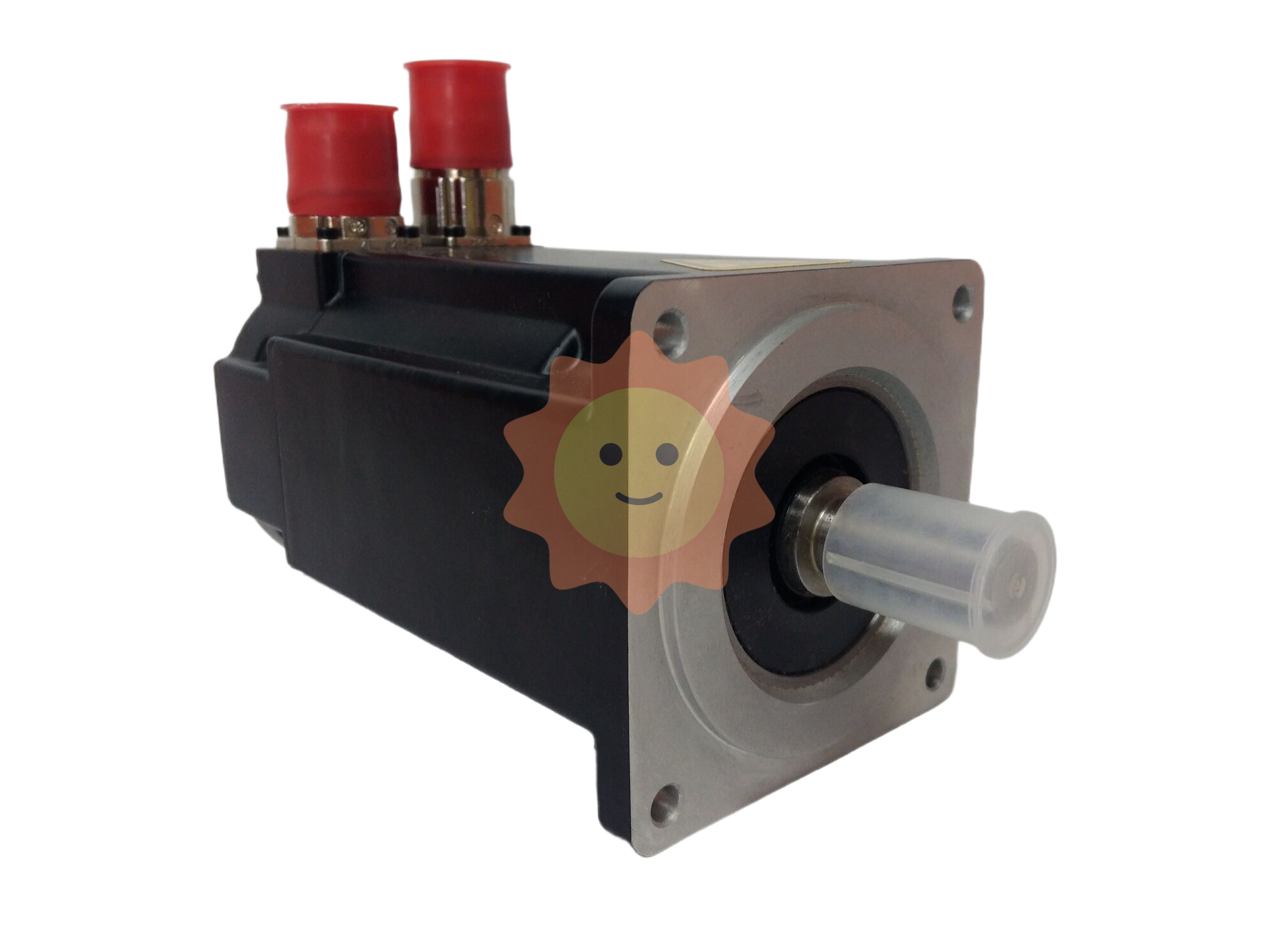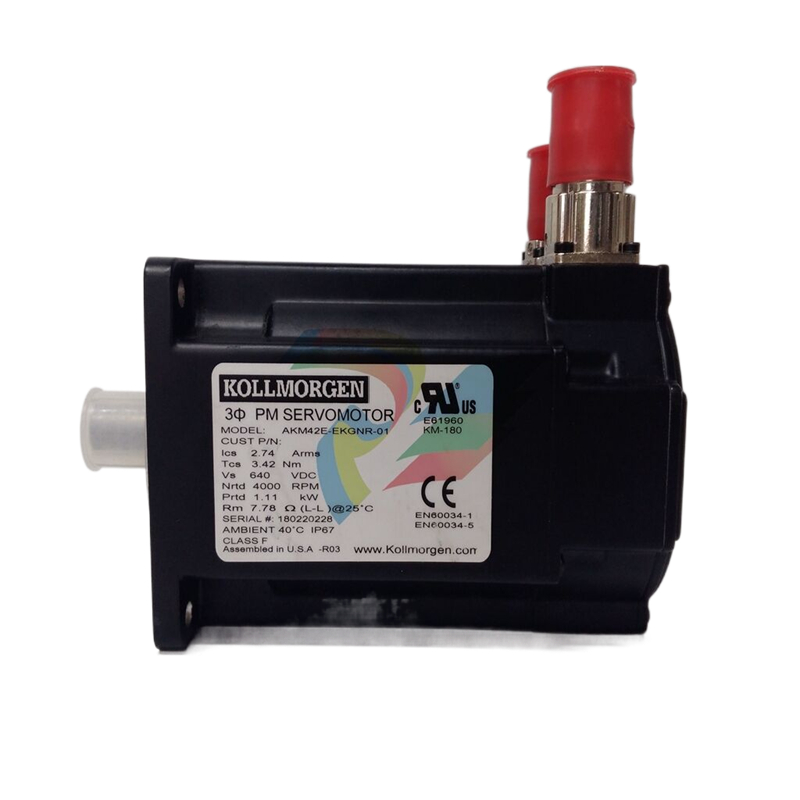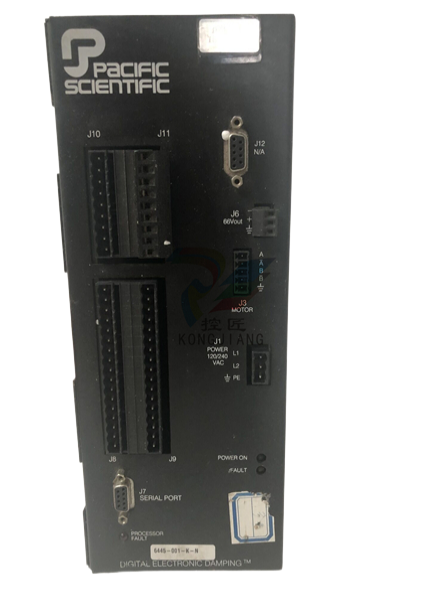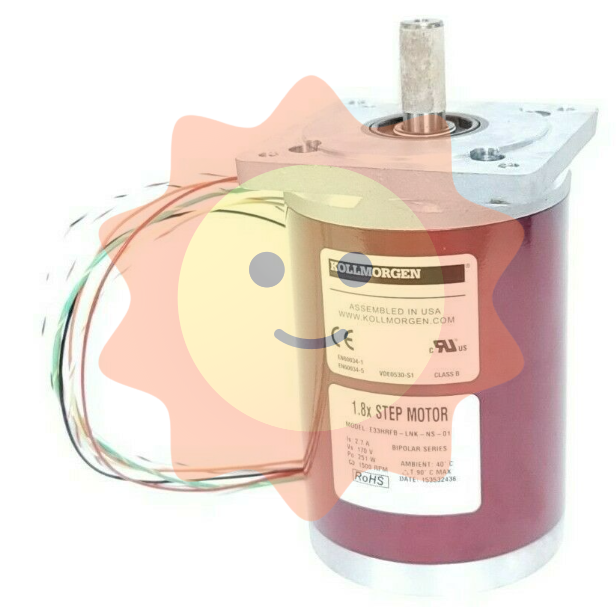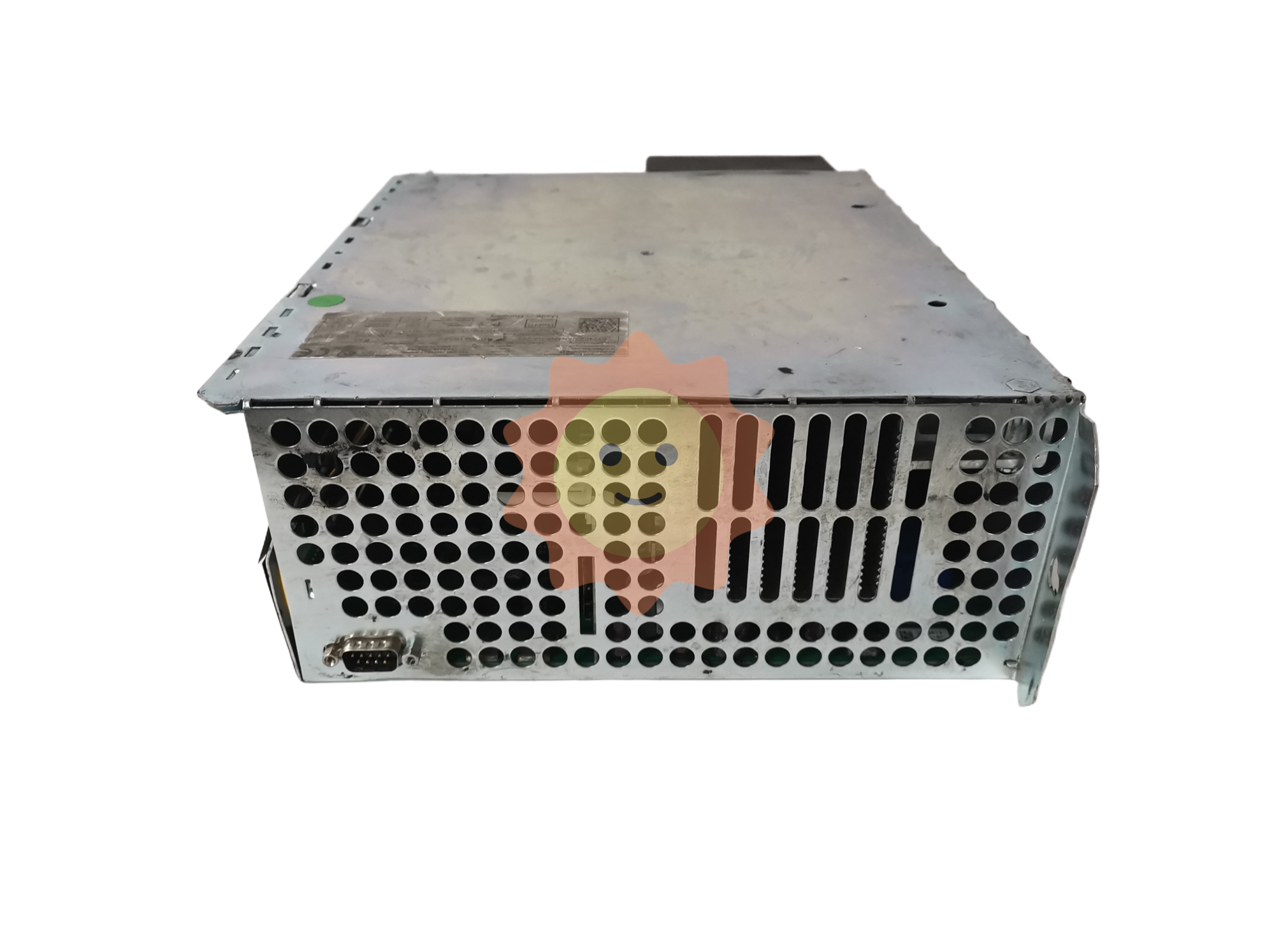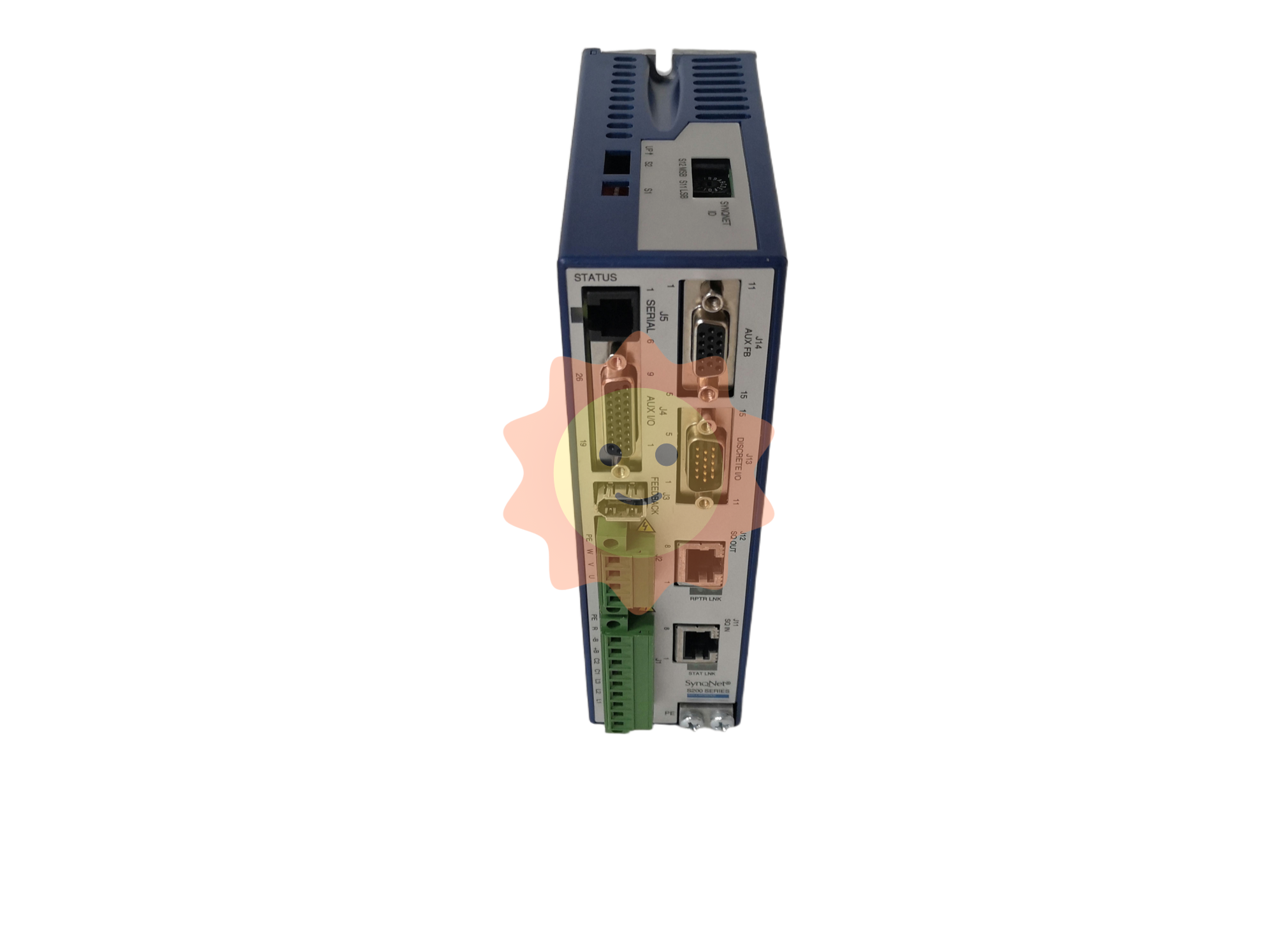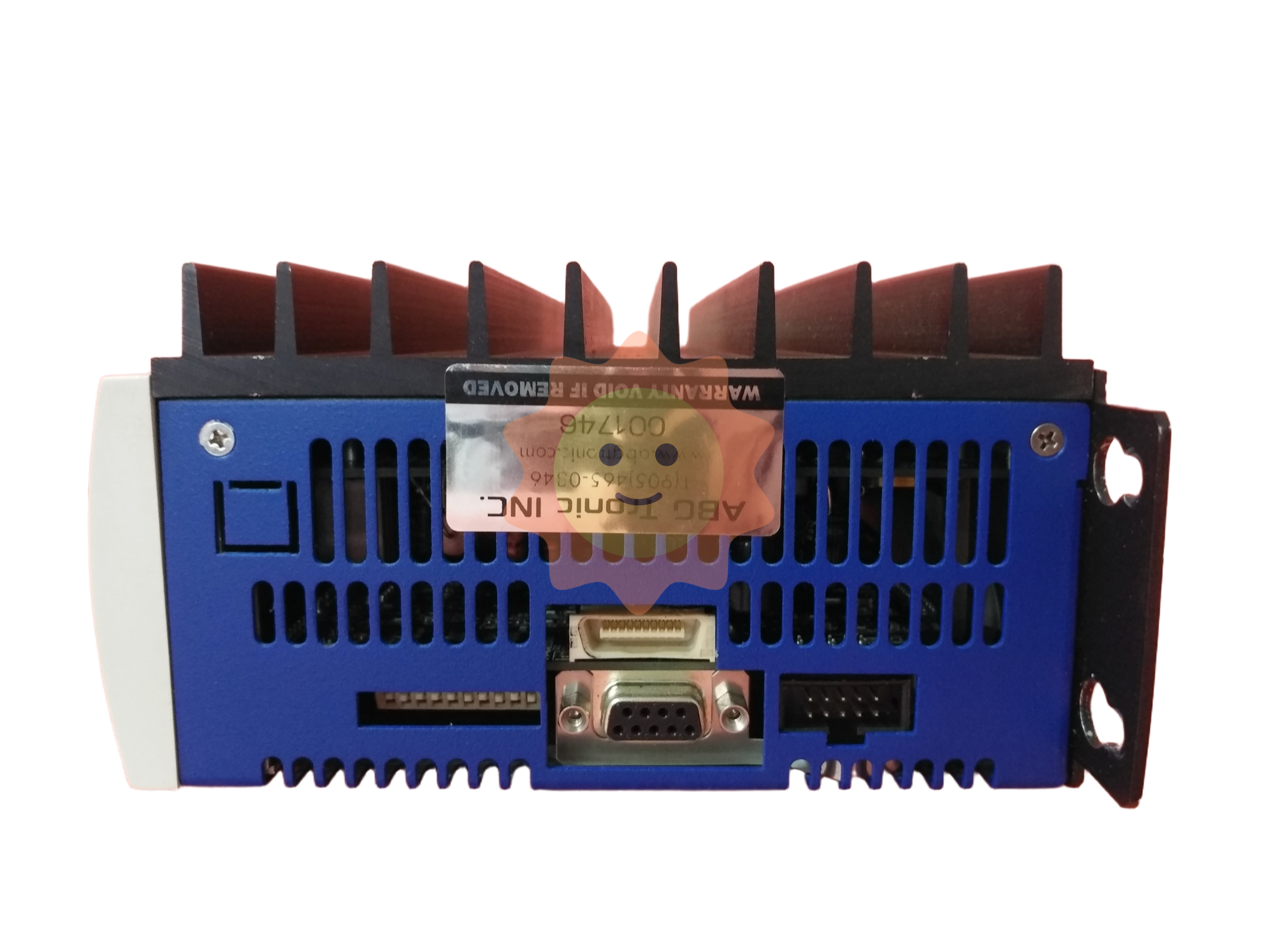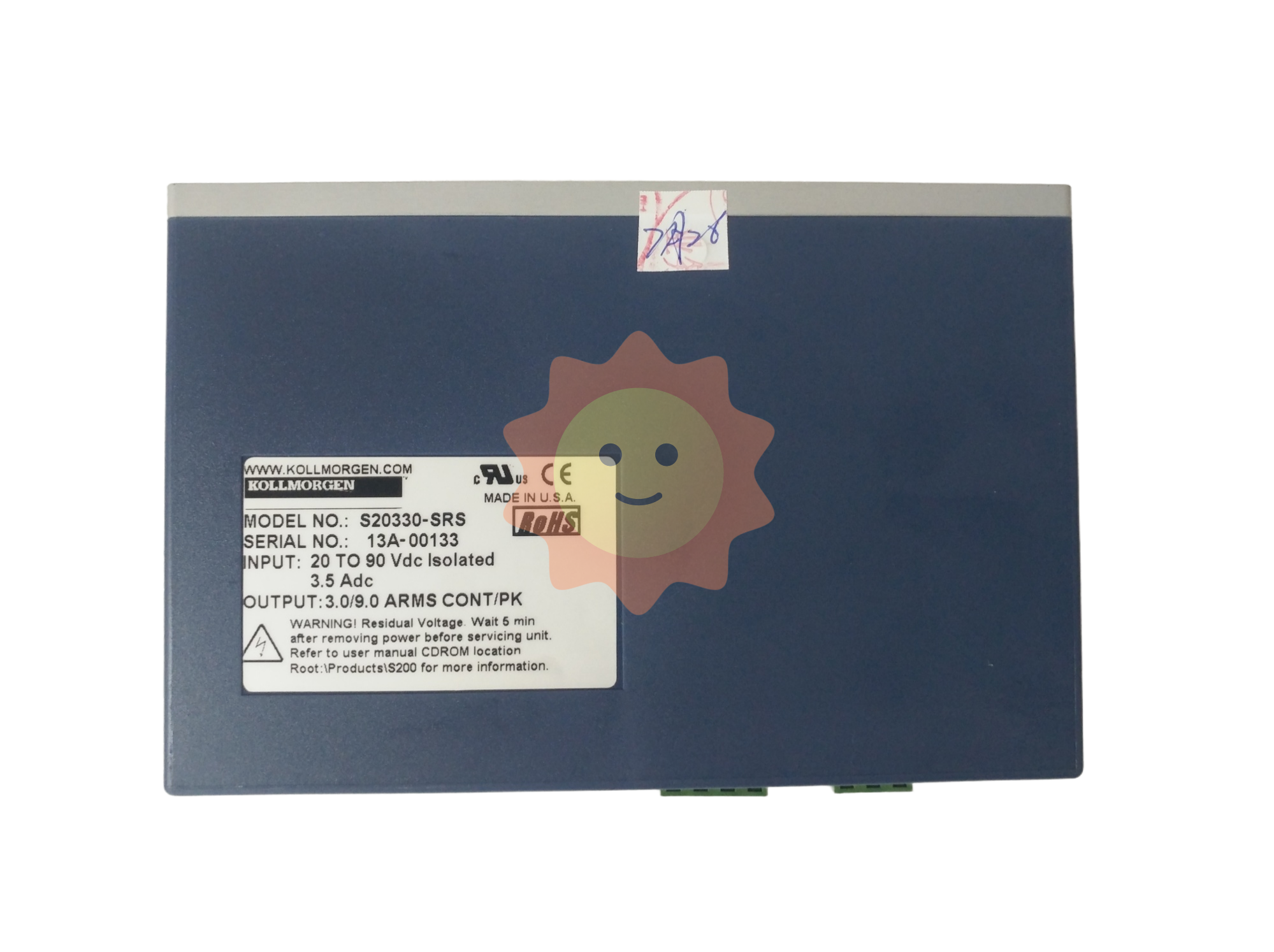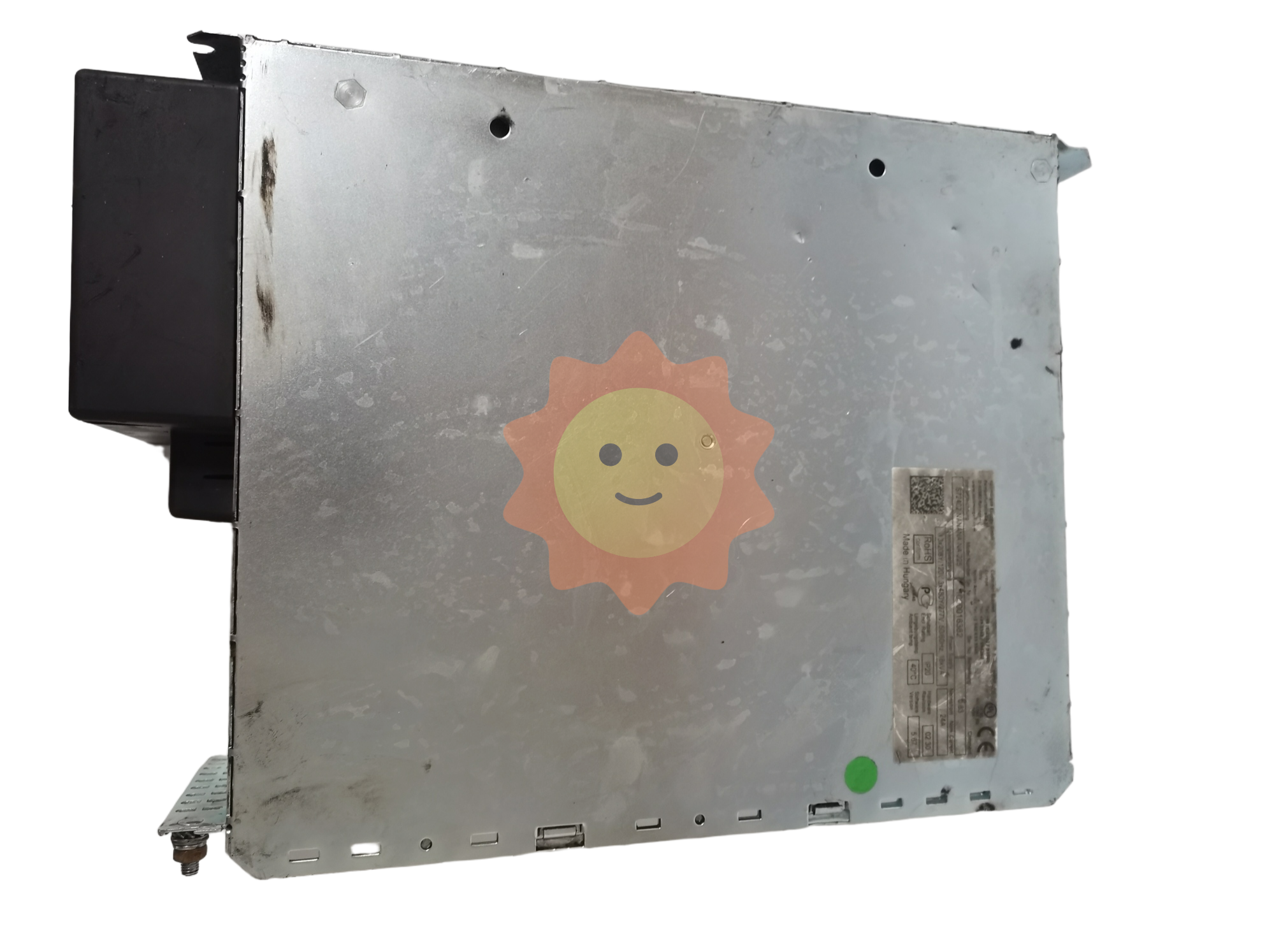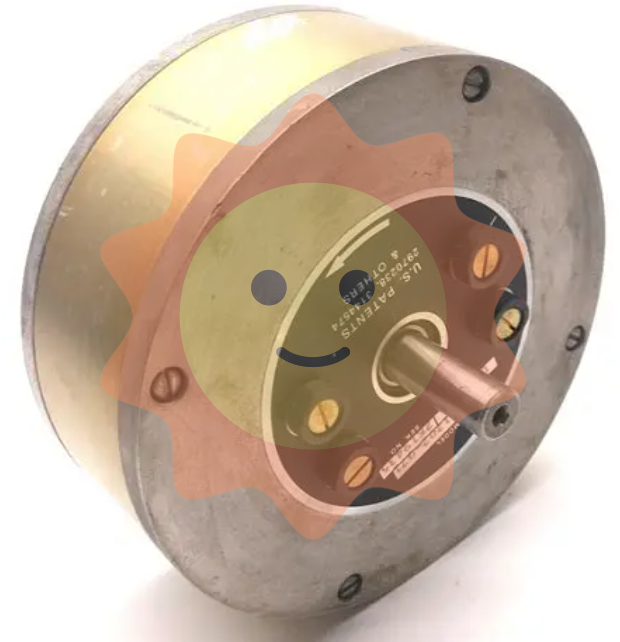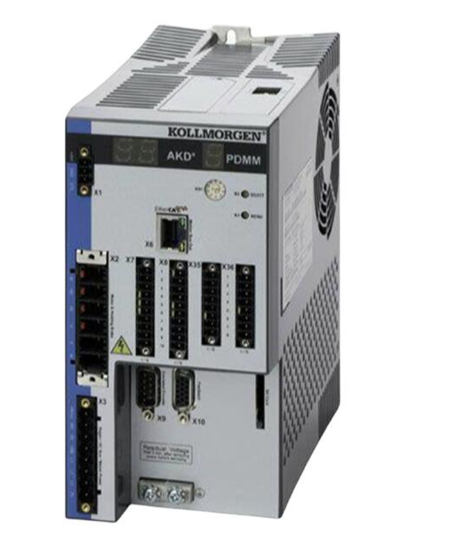The inflection point of prosperity is approaching, and polyester filament should be configured
Forty years of trials and hardships, China has become the world's chemical fiber power. According to the different raw materials, chemical fiber is divided into artificial fiber and synthetic fiber, synthetic chemical fiber accounts for more than 90% of the total output, of which polyester accounts for about 80% of synthetic fiber. China's chemical fiber industry benefited from the transfer of the global chemical fiber industry chain after the 1980s, and became the world's largest polyester production capacity country at the beginning of the new century. Limited by the large dependence on raw materials, China's chemical fiber industry has experienced the improvement of PTA self-sufficiency in the first decade of this century + a large number of ethylene glycol and PX plants have been built in the past decade. As of 2019, China's synthetic fiber production accounted for 70% of the global total sales. Domestic PX, PTA and ethylene glycol sales accounted for 60% of the global total consumption, China has become the world's chemical fiber power. In the profit distribution of filament - garment - brand owner - retailer, filament belongs to the lower link, mainly because of its low entry threshold, the profit is easily suppressed by new entrants. With the further improvement of the self-sufficiency rate of raw materials in China's filament industry chain + regional industrial synergy advantages, there is no need to worry about the outward movement of the industrial chain.
The self-sufficiency rate of upstream raw materials continues to increase, and industry profits are expected to transfer to the polyester end. In the past two decades, the downstream companies in the industrial chain are more dispersed, and their bargaining power is weak. The upstream raw materials represented by PX are mainly controlled by overseas companies, and the industry profits are mostly concentrated in the upstream raw material manufacturers. In recent years, with the gradual improvement of coal chemical technology and the continuous operation of private refineries, the self-sufficiency rate of upstream raw materials has been continuously improved. 2020-2022 will be the peak of domestic PX, PTA and ethylene glycol production capacity, according to our statistics, the capacity growth of PX, PTA and ethylene glycol in the next two years is more than 20%, and the growth rate of polyester fiber is about 10%. When the upstream production capacity of the industry is rapidly released, the supply of raw materials is loose, which is conducive to the transfer of industrial profits to the polyester end.

Vertical extension of integrated layout, horizontal intensive construction cost advantage. For domestic chemical fiber leaders, the main way to expand capacity is in two ways. One is the vertical extension of the industry represented by Rongsheng Petrochemical and Hengyi Petrochemical, expanding upstream refining and chemical projects, forming a whole industry chain model from crude oil to polyester filament integrated layout. The other is the deep cultivation of the middle and lower reaches of chemical fiber represented by Tongkun and New Fengming, concentrating on the PTA-polyester production base in a certain area, intensively expanding the downstream capacity, forming efficient collaboration between PTA and polyester, and further reducing the production cost of each product.
Filament is close to the inflection point of the industry, and demand drives leading companies to benefit significantly. 60% of China's textile and garment industry needs to be in the country, 40% of the overseas part. After the outbreak of the global epidemic, the proportion of direct exports of polyester filament did not increase, and the textile and clothing industry chain mainly benefited indirectly from the export of terminal manufactured goods. Overseas demand for epidemic prevention materials represented by protective clothing broke out, and China's textile exports to the United States and the European Union increased by nearly 30% from April to November 2020. The year-on-year growth rate of domestic clothing retail sales has maintained positive growth for four consecutive months since August. In the case of low base in 2020 + demand recovery in 2021, the growth rate of the demand side in 21 years is expected to be close to 9%, and the filament industry is close to the inflection point. Hengyi Petrochemical, Tongkun shares and new Fengming three companies in 2020 and 2021 are expected to add 2.1 million tons of filament production capacity and 2.5 million tons, accounting for two-thirds of the weight of new capacity that year, industry concentration is expected to further improve, filament leading companies are expected to benefit from capacity expansion + demand recovery.
Investment theme
Report highlights
The development process and industrial chain relationship of chemical fiber industry are reviewed. We believe that after 40 years of development, as of 2019, China's synthetic fiber was 52.79 million tons, accounting for 70% of the global total consumption; In terms of industrial support, the self-sufficiency rates of PX, PTA and ethylene glycol have reached 49%, 100% and 41%, respectively, and the self-sufficiency rates of PX and MEG are still rapidly improving. In the industrial chain relationship, the gross profit margin of polyester filament leading enterprises is significantly lower than that of downstream garment OEM, brand owners and retailers leading enterprises, the main reason behind the spinning business entry barriers are relatively low, capacity construction cycle is short, excess income is easy to lead to a large number of new supply, future outlook, The integration of filament enterprises is rising, the quality requirements of winding heads are increasing, and the cost curve is steepening, which is expected to improve. From the perspective of industrial relocation, the proportion of chemical fiber labor costs continues to be less than 2%, and the supporting requirements for chemical raw materials are high, and there is no power to transfer to Southeast Asia.
- EMERSON
- Honeywell
- CTI
- Rolls-Royce
- General Electric
- Woodward
- Yaskawa
- xYCOM
- Motorola
- Siemens
- Rockwell
- ABB
- B&R
- HIMA
- Construction site
- electricity
- Automobile market
- PLC
- DCS
- Motor drivers
- VSD
- Implications
- cement
- CO2
- CEM
- methane
- Artificial intelligence
- Titanic
- Solar energy
- Hydrogen fuel cell
- Hydrogen and fuel cells
- Hydrogen and oxygen fuel cells
- tyre
- Chemical fiber
- dynamo
- corpuscle
- Pulp and paper
- printing
- fossil
- FANUC
- Food and beverage
- Life science
- Sewage treatment
- Personal care
- electricity
- boats
- infrastructure
- Automobile industry
- metallurgy
- Nuclear power generation
- Geothermal power generation
- Water and wastewater
- Infrastructure construction
- Mine hazard
- steel
- papermaking
- Natural gas industry
- Infrastructure construction
- Power and energy
- Rubber and plastic
- Renewable energy
- pharmacy
- mining
- Plastic industry
- Schneider
- Kongsberg
- NI
- Wind energy
- International petroleum
- International new energy network
- gas
- WATLOW
- ProSoft
- SEW
- wind
- ADVANCED
- Reliance
- YOKOGAWA
- TRICONEX
- FOXBORO
- METSO
- MAN
- Advantest
- ADVANCED
- ALSTOM
- Control Wave
- AB
- AMAT
- STUDER
- KONGSBERG
- MOTOROLA
- DANAHER MOTION
- Bently
- Galil
- EATON
- MOLEX
- Triconex
- DEIF
- B&W
- ZYGO
- Aerotech
- DANFOSS
- KOLLMORGEN
- Beijer
- Endress+Hauser
- MOOG
- KB


Email:wang@kongjiangauto.com


